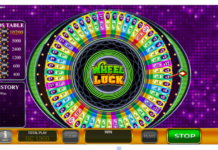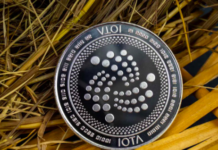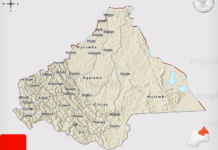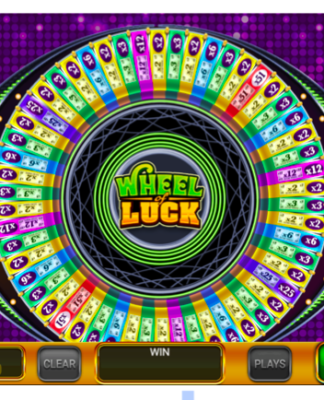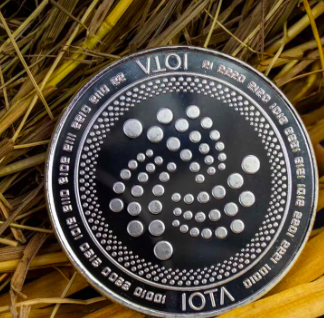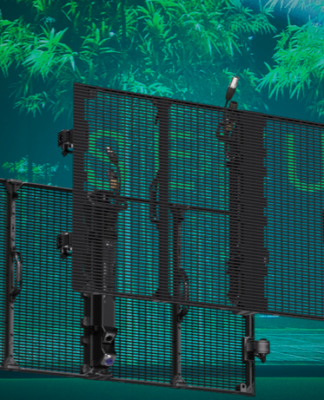Printed circuit boards are at the heart of all modern electronic devices. PCBs have revolutionized the way that we think about the design and manufacture of consumer electronics. Anyone who has an interest in tech and how it works, or who is planning a career designing electronics, can gain a great deal from learning about PCB design.
Getting started with PCB design is much easier than many people realize. Below are some quick tips to help you get started on your journey.
What is a PCB?
A printed circuit board is, well, a circuit board. The vast majority of circuit boards today are PCBs, although technically other types of circuit board do exist.
There are a number of reasons that printed circuit boards have overtaken the old breadboard type. For one thing, printed circuit boards are much cheaper to produce, especially at scale. They also have internal wiring etched into the board, meaning that there are no external wires that can fail.
What Can I Do with PCBs?
As mentioned, printed circuit boards are in most electronic devices. The number of things that you can do with PCBs is therefore just as great and varied as electronic devices themselves. Once you have learned the fundamentals of PCB design, you can then design a PCB for just about any purpose you like.
Where Can I Learn PCB Design?
There are plenty of tutorials and other learning resources available online for PCB design. Many PCB manufacturers, as well as developers of PCB design software like Altium, provide tutorials for using their products, and these are a great place to start.
There are also a number of online communities for DIY electronics enthusiasts, and these are also a great resource. One of the best things about these communities is that you can interact directly with other people, asking them any questions that you might have about PCB design – they will be more than happy to help.
Taking It Further
Once you are comfortable with the basics of PCB design, you can begin to look at more advanced design principles. Designing a functioning PCB is an achievement, but there is always more to learn. For example, understanding principles like single point grounding techniques will help you to produce better designs yourself and will also prove essential if other people are going to be working with your blueprints.
Fortunately, you should find that most of the websites that provide tutorials for basic PCB design techniques will also offer you more advanced ones if you look. If you aren’t sure how to take your designs further, try finding some online communities of designers with similar interests to you.
Once you have learnt the fundamentals of PCB design, you can then begin applying your new-found knowledge to more complex problems. Learning PCB design is an excellent introduction to the world of electronics design, no matter how far you plan on taking it. Hopefully this guide has provided the inspiration you needed to get started!









